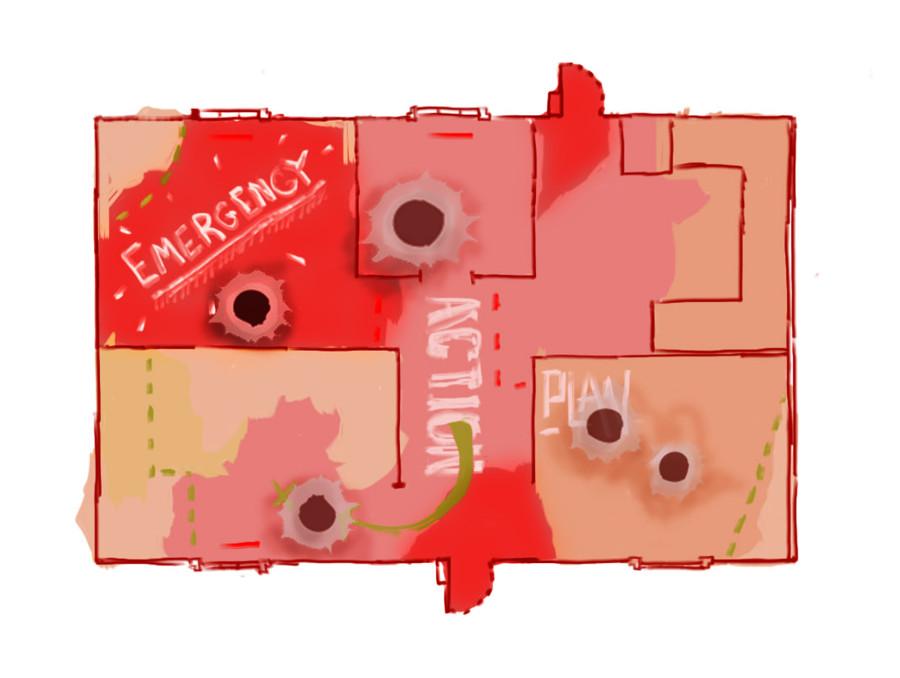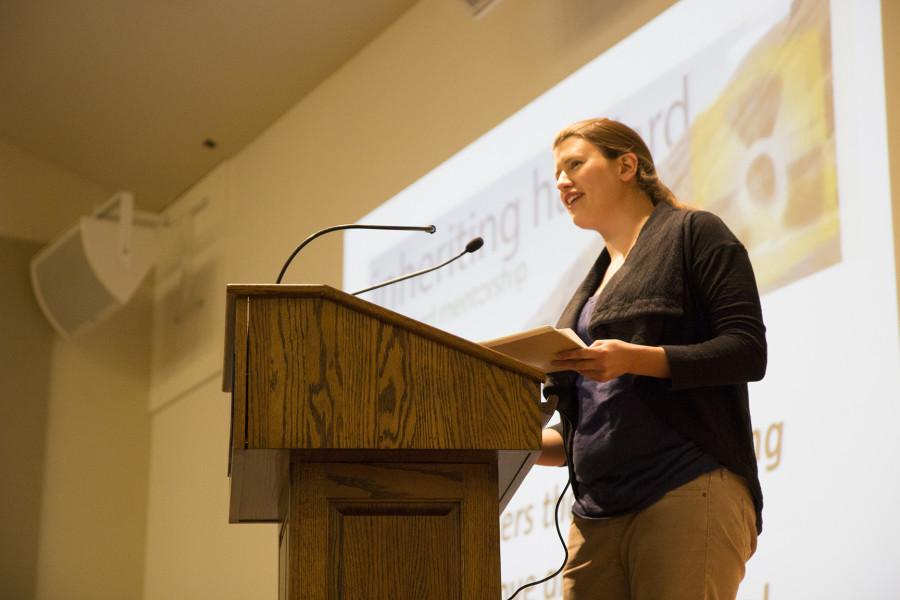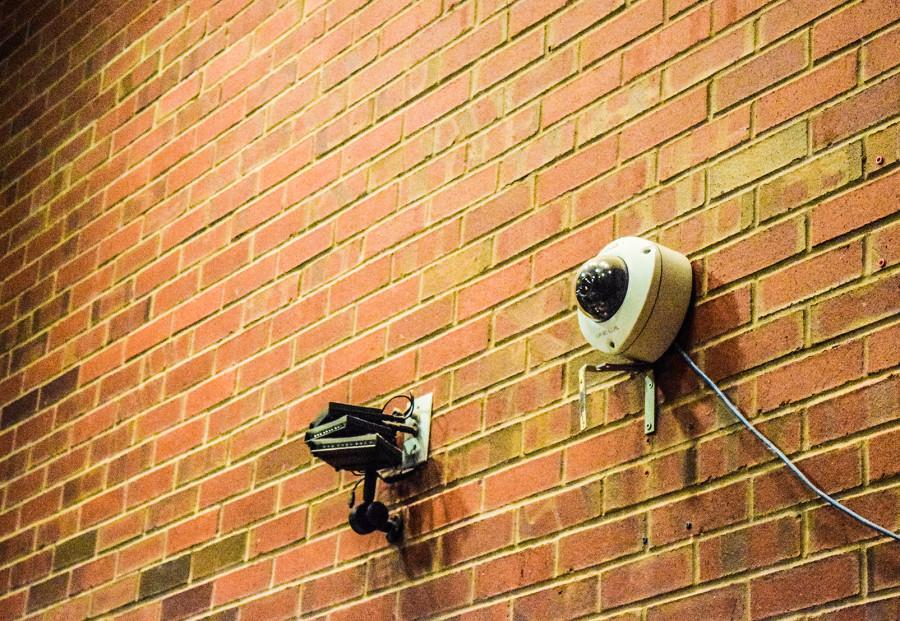
Last Thursday, April 1, the memory of the previous year’s anonymous bomb threat on Hunter Conservatory was on the mind of Dean of Students Chuck Cleveland.
“You always have concerns that someone could do it again,” said Cleveland.
These concerns are especially real in light of the fact that the Walla Walla Police Department has yet to close its investigation of the April 1, 2009 threat, which is believed by many to be an April Fool’s Day hoax.
“This case is an open case, still under investigation,” said Sergeant Matt Wood of the Walla Walla Police Department Detectives Unit.
Although there is no expected closure date, active work on the case ceased sometime last summer.
Last year, on the evening of March 31, 2009, five Whitman students and President Bridges received an e-mail with the subject line “[bombthreatslol] Hi, lets play a game.” The sender also attempted to send the e-mail to both the community and student listservs, but it did not go through.
“Rearrange the last initials of the CCed to find out where the bomb is going to explode tomorrow at 6:30 p.m. Add a U..cuz no one has that last name,” the e-mail read.
According to the police department report, Whitman Security determined that the probable location of the bomb was Hunter Conservatory because the first letter of the students’ last names, in addition to the ‘U’, spelled HUNTER. The next morning, Hunter was evacuated and the Walla Walla Police Department conducted a sweep of the building.
In addition, the e-mail contained threats towards a then first-year student and Bridges.
“FUCK YOU [student’s name]..OR IS IT FUCK ME? or is it fuck you Mr. Bridges for canceling the ski team. DIAF [die in a fire]..seriously,” the e-mail stated. The student named, one of the recipients of the e-mail, has since left the college.
The e-mail was sent from the personal Gmail account of then first-year Ruth Mattmiller, who was immediately cleared of any involvement with the case. Whitman was able to obtain a subpoena against Google, Inc. in order to obtain information about the sender, who is believed to have accessed Mattmiller’s account via a library computer. Although Google fully cooperated with the college, because Google only keeps data for a two- to three-day time period, they were unable to process Whitman’s request because it was filed after this time period.
According to Mattmiller, the e-mail was sent from her account without her knowledge and she only became aware of the e-mail when she was contacted by Whitman Security. Her laptop computer had been plagued by viruses for some time and her hard drive had crashed earlier in the fall 2008 semester.
“Whitman Security and the police department were concerned that someone had accessed my personal information [through these viruses],” said Mattmiller. “I took my laptop down to the police department so they could scan an image of the hard drive. I never heard anything about it after that.”
Mattmiller was not acquainted with any of the students CCed on the e-mail.
According to Cleveland, the detectives assigned to the case put over 100 hours of work into the investigation, but were unable to track down the source of the e-mail. Given the highly technological nature of the case, the police department did not have any hard evidence to work with.
“The only hypothesis that they have is that [the e-mail] was sent from a computer in the library,” said Cleveland.
The Walla Walla Police Department does not have sufficient information to determine the exact computer from which the e-mail was sent. Nor does it have sufficient information to speculate as to whether the threat was sent by a member of the Whitman community or from someone not directly associated with the college.
“I interviewed everybody who was involved in the e-mail, from the people who received it to the person who supposedly sent it,” said Associate Director of Security Craig McKinnon. “I never ascertained any guilt.”
Director of Security Terry Thompson echoed McKinnon’s uncertainty.
“I don’t think the police were ever able to narrow down [a suspect]. They can speculate, but that’s the best they can do right now,” said Thompson. “[They] didn’t want to make any accusations that might slant it towards an individual without having anything to back it up with.”
Cleveland cast doubt on the realistic possibility of resolving the case.
“We don’t have the record capabilities that one would need to [uncover this information] and we never will because [the technology] is expensive and complex and may not help us in the long run,” he said.
“I think the only way we’ll ever figure this out or it will ever be resolved is if the person or people involved in the threat talk about it and then if this information is related to the authorities,” said Thompson.”As far as Whitman’s concerned, it’s over and we hope it never happens again.”
Although Cleveland recognizes the frustrations of never pinning down a suspect, he believes that the police department truly exhausted all efforts.
“The police did a good job. They took it seriously, they were concerned about it, and they would have loved to have found out who the person was, they just couldn’t,” he said.
As a result of the threat, the college purchased Netflow, a software which better tracks e-mail flow between devices on the Whitman network.
“If this type of incident occurs again, we will be able to provide additional information that may assist in investigation,” said Whitman Director of Network Technology Kevin Kelly in an e-mail.
A year later, Mattmiller is left with questions.
“I never heard anything more about it after the first couple of days after it happened,” she said. “I understand that there’s privacy issues but I also wonder, ‘Hey, whatever happened about that thing with my computer where I almost got arrested?’ I never got an update [on the case] and I thought it was interesting that I was never questioned by the police.”











Kim Sommers • Apr 14, 2010 at 8:31 am
Nice job, Molly. Glad to see you guys following up on this.